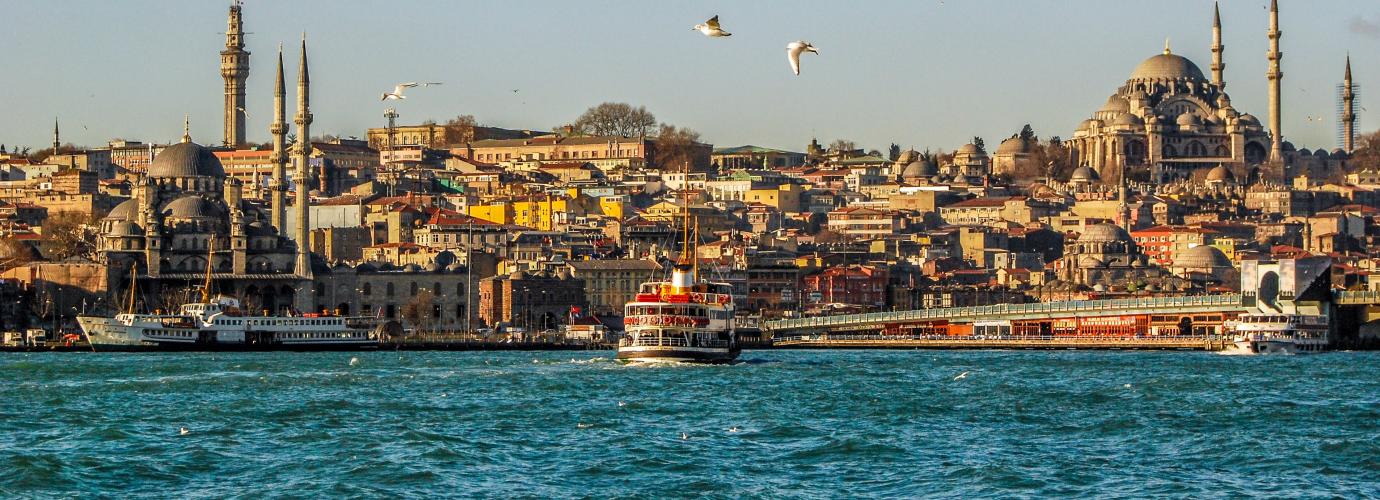Turkey is a free market economy that can change hands in the process of the competition rules, leading the economy's private and public sector to play a regulatory role in the implementation of liberal foreign trade policy as the barrier between the goods and services to individuals and institutions.
A great emphasis has been given to structural reforms in the economy in recent years in Turkey. Over the past period, the privatization process has accelerated, which brought order to the public finances as well as agriculture. Different enterprises tarting from the financial markets, social security, significant reforms in sectors such as energy and communication were carried out.
Infrastructure of economic institutions has been enhanced through reforms, and the creation of autonomous institutions economy against the fluctuations that may occur in the international market has become more resistant. Capital markets have been revised in accordance with the approaches to the modern era, and most bureaucratic obstacles have been removed, or have been brought to the minimum size.
Economic development
With the world's 18th and Europe's 7th largest economy, Turkey, which is an active member of the G-20, represents one of the most powerful economies in the world.
The Turkish economy achieved a period of economic slowdown in 2008 and 9.2% respectively in 2010 and 2011 after shrinking in 2009 and 8.5% growth rate, the economy contracted in many countries due to the global financial crisis. In the 2002-2014 period, due to the average GDP growth rate of 4.9% and 5.4% in 2010-2014, development plants were prepared. In the first nine months of 2015, the growth rate was achieved by 3.4% . In 2017, it was realized as 7,4% and as 2,6 % in 2018. In this context, the per capita GDP in the year 2002 reached 3.492 US dollars and in 2018 10.000 US dollars.
Medium-Term Programme (2016-2018), based in Turkey, is 2,3% in 2019, while in 2020 is expected to capture the growth rate of 3,5 and 5% in 2021.
Foreign Trade
Turkey has been pursuing a growth-oriented trade policy since the 1980s. The economic reforms carried out by import restrictions have been lifted, protectionist policies released and foreign exchange transactions reduced.
As a result of the economic reforms implemented in recent years, volume and structure of the trade have changed greatly.
In 2015, Turkey's trade volume reached 351 billion US dollars, while exports were realized as 144 billion US dollars. The main target export for the year 2023, the centenary of the founding of the Republic of Turkey, is to increase the level of 500 billion US dollars.
Turkey's foreign trade statistics for the last five years are presented below.
Turkey’s Foreign Trade
| 2014 | 2015 | 2016 | 2017 | 2018 | |
| Export | 157,6 | 143,9 | 143,9 | 143,9 | 168,1 |
| Import | 242,1 | 207,2 | 207,2 | 234,1 | 223,1 |
| Capacity | 399,7 | 351,1 | 351,1 | 392,0 | 391,2 |
Source: Turkish Statistics Institute
Tourism
Due to its rich geography and historical riches that Turkey has, it also has a strong infrastructure not only in coastal tourism, health, culture, religion, sports, caves, hunting, upland and in areas such as conference tourism. Located between the world's top 10 tourism destinations in 2018, 45 million foreign visitors have made entry to Turkey, and tourism revenues reached 29,5 billion dollars.
Monetary Policy
The monetary policy implemented in Turkey has played an important role in controlling inflation over the last decade and achieving macro-economic stability. Inflation, which is one of the priorities of the government in the last 30 years, reduced to single digits in the middle of the year 2000.
Consumer price index became 20,30% in 2018.

